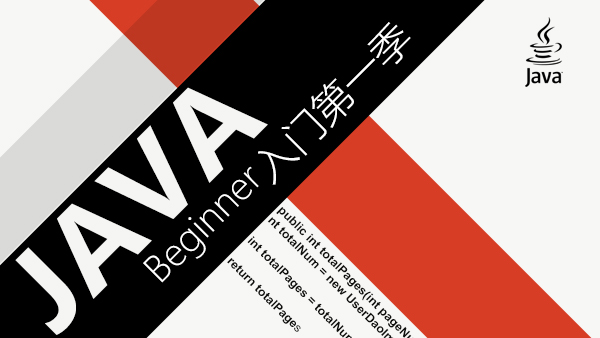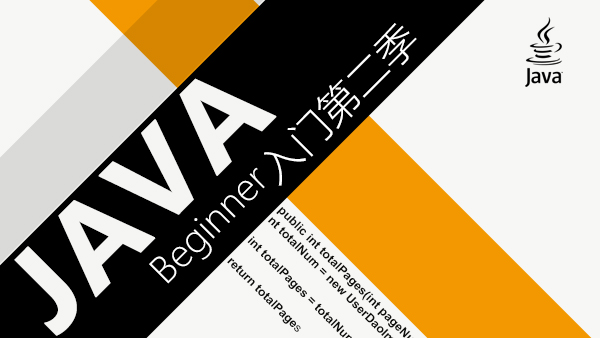使用
ThreadLocal<String> threadLocalA= new ThreadLocal<String>();
threadLocalA.set(new String("A")); String str = threadLocalA.get();原理
在每个线程的内部有个数据结构为Map的threadLocals变量,以<ThreadLocal,Value>的形式保存着线程变量和其对应的值。
当使用set()方法时:
获取到当前线程的threadLocals,类型为Map
将这值放到这个Map结构的变量中,key为ThreadLocal对象,value为所有存放的值
当使用get()方法时:
获取到当前线程的threadLocals,类型为Map。
以ThreadLocal对象为Map的key获取到它的value值。
因为ThreadLocal对象作为Map的key,所以一个ThreadLocal对象只能存放一个值,当存放多个时,会将新值覆盖旧值。
源码
数据结构:
public void set(T value) {
Thread t = Thread.currentThread();
ThreadLocalMap map = getMap(t);//当前线程为入参,获取当前线程的threadLocals变量
if (map != null) //入参为this,也就是说key为ThreadLocal对象
map.set(this, value); else
createMap(t, value);
} public T get() {
Thread t = Thread.currentThread();
ThreadLocalMap map = getMap(t);//当前线程为入参,获取当前线程的threadLocals
if (map != null) { //入参为this,也就是说key为ThreadLocal
ThreadLocalMap.Entry e = map.getEntry(this); if (e != null) {
@SuppressWarnings("unchecked")
T result = (T)e.value; return result;
}
} return setInitialValue();
}
ThreadLocalMap getMap(Thread t) { return t.threadLocals;//threadLocals为线程的变量
}
private Entry getEntry(ThreadLocal<?> key) { int i = key.threadLocalHashCode & (table.length - 1);
Entry e = table[i]; if (e != null && e.get() == key) return e; else
return getEntryAfterMiss(key, i, e);//避免内存泄漏,下文有提。
}内存泄漏
ThreadLocalMap结构如下:
static class ThreadLocalMap { /**
* The entries in this hash map extend WeakReference, using
* its main ref field as the key (which is always a
* ThreadLocal object). Note that null keys (i.e. entry.get()
* == null) mean that the key is no longer referenced, so the
* entry can be expunged from table. Such entries are referred to
* as "stale entries" in the code that follows.
*/
static class Entry extends WeakReference<ThreadLocal<?>> {
Object value;
Entry(ThreadLocal<?> k, Object v) { super(k); //key,这个是一个弱引用,如果没有强引用来引用key(也就是ThreadLocal),则key会被回收,形成了key为null的Entry。
value = v;
}
}
private Entry[] table;
}threadLocals变量是在线程内部的,故没有多个线程去访问它,所以不存在线程不安全的说法,同时只要线程被回收了就不会存在内存泄漏。
ThreadLocal对象被回收时(key为null),没有办法获取到value,而线程又不会被回收时则value一直占用空间导致内存泄漏。线程不会被回收的常见场景是线程池。
JDK在此做了一个优化,在调用get(),set(),remove()方法会做额外处理来清理ThreadLocalMap中key为null的value,以减少内存泄漏的影响。但是如果key未使用弱引用,即使ThreadLocal被回收了,key也不为null,也就是说是没法判断哪个value需要回收的,最终造成内存泄漏。所以此处的弱引用key是内存泄漏的一个优化处理方式。
使用场景
在实际项目中,可以用来减少同一个线程内多个函数或者组件之间一些公共变量的传递的复杂度,因为servlet是单例多线程的,每个请求执行的操作都是同一个线程中。比如:可以用ThreadLocal来存每一次请求用户的信息,定义了一个类UserContextHolder
public class UserContextHolder{
private static ThreadLocal<User> userContextHolder = new ThreadLocal<>(); public static setUser(User user){
userContextHolder.set(user);
} public static User getUser(){ return userContextHolder.get();
} public static void remove(){ return userContextHolder.remove();
}
}当用户每次请求进来时,在拦截器中获取用户信息调用UserContextHolder.setUser()将其放到userContext中,无论在哪我们只要调用UserContextHolder.getUser()可以很轻松的获取到用户的信息,而不用在函数调用时一层一层的传递。同时在拦截器结束时调用UserContextHolder.remove()移除掉即可。
作者:eejron
链接:https://www.jianshu.com/p/6bf1adb775e0

 随时随地看视频
随时随地看视频




热门评论
-

坚持01234567891011122018-06-29 0
查看全部评论是以线程为key 而不是以threadlocal 为key